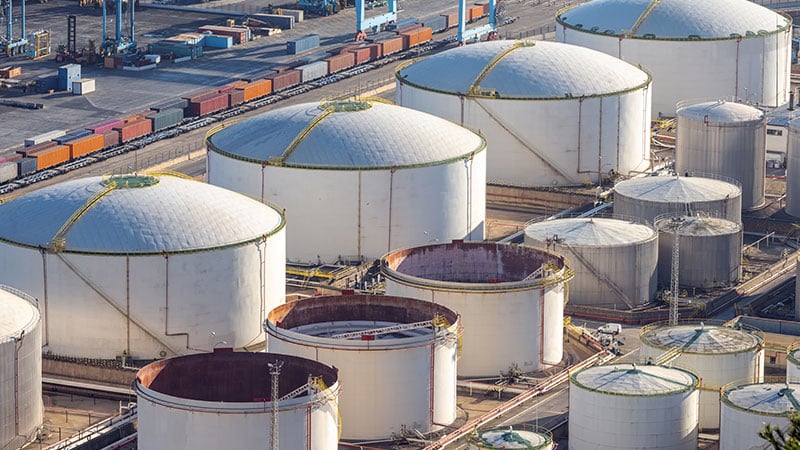Petroleum jelly, esteemed under the monikers of petrolatum or Vaseline, derives its existence from a sophisticated interplay of mineral waxes and oils, the orchestration of which not only delineates its identity but also dictates its quality and purity. Delving into the inner sanctum of the petroleum jelly manufacturing process unveils a meticulously orchestrated symphony, delineated into three distinct movements, each imbued with technical intricacies that shape the very essence of this ubiquitous product.
1. Fusion of Wax and Oils:
The genesis of petroleum jelly lies in the harmonious fusion of mineral waxes and oils, extracted as invaluable byproducts during the arduous refinement process of crude oil. At the heart of this amalgamation lies the choice between paraffin wax or its fusion with microcrystalline wax, a decision pivotal in shaping the foundational properties of the eventual petroleum jelly. However, the complexity does not cease there; it extends to the selection between mineral and synthetic base oils, with each option bearing its own set of advantages and considerations. While the allure of vegetable oils remains palpable, it is the resilience and stability exhibited by mineral oils that elevate them to the status of preferred choice. Beyond their innate properties, mineral oils offer a crucial advantage in their hypoallergenic nature, safeguarding against potential allergic reactions that may arise from their vegetable counterparts. This intricate dance of ingredients is not merely a matter of concoction; it is a calibrated symphony, where each component plays a pivotal role in sculpting the final product to perfection.
2. Hydrotreating: The Transformative Crucible:
Advancing through the annals of the production process, we encounter the transformative crucible of hydrotreating, a stage imbued with the solemn duty of purging the raw amalgam of any impurities that may tarnish its sanctity. Sulfur, nitrogen, and metals stand as the primary adversaries, lurking within the molecular matrix, threatening to compromise the integrity of the final product. It is here that the power of hydrogen emerges as a potent ally, employed in copious volumes to saturate hydrocarbon bonds, thereby fortifying the very fabric of the amalgamated concoction. Through this transformative ritual, the raw amalgam undergoes a metamorphosis, shedding its impurities and emerging as a refined essence, poised for the final crucible of refinement.
3. Bauxite Filtration: The Culminating Act of Purification:
As the journey nears its zenith, the petroleum jelly is ushered into the sanctum of bauxite filtration, the culminating act of purification that seeks to exorcise any lingering vestiges of imperfection. Here, amidst the sterile confines of controlled temperatures ranging from 130°F to 400°F, and under pressures exceeding atmospheric norms, the petroleum jelly undergoes a baptism of purification. Activated bauxite, hitherto unsung but indomitable in its efficacy, emerges as the harbinger of purity, a potent adsorbent tasked with the solemn duty of extracting impurities that dare mar the sanctity of the final product. Odor, color, and taste, erstwhile blemishes on the canvas of purity, are expunged with surgical precision, leaving behind a pristine, immaculate essence, pristine in its whiteness and devoid of any taint.
Enriched by this exhaustive journey, petroleum jelly emerges not merely as a product, but as a testament to the relentless pursuit of perfection. Each stage, meticulously crafted and executed, contributes to the refinement of the final product, imbuing it with a purity and quality that stands as a beacon amidst a sea of mediocrity. In the hallowed halls of petroleum jelly production, precision reigns supreme, and the pursuit of perfection knows no bounds.



